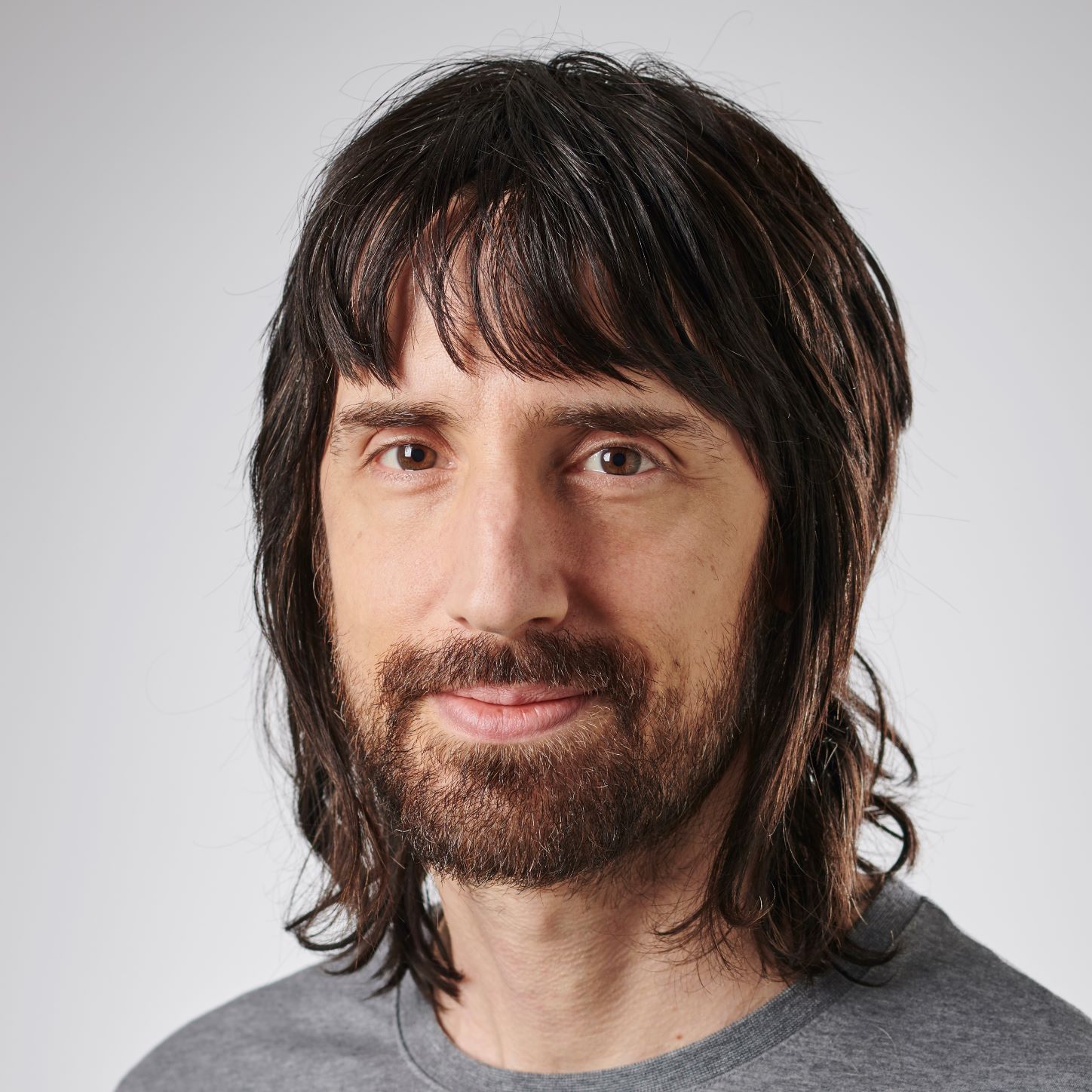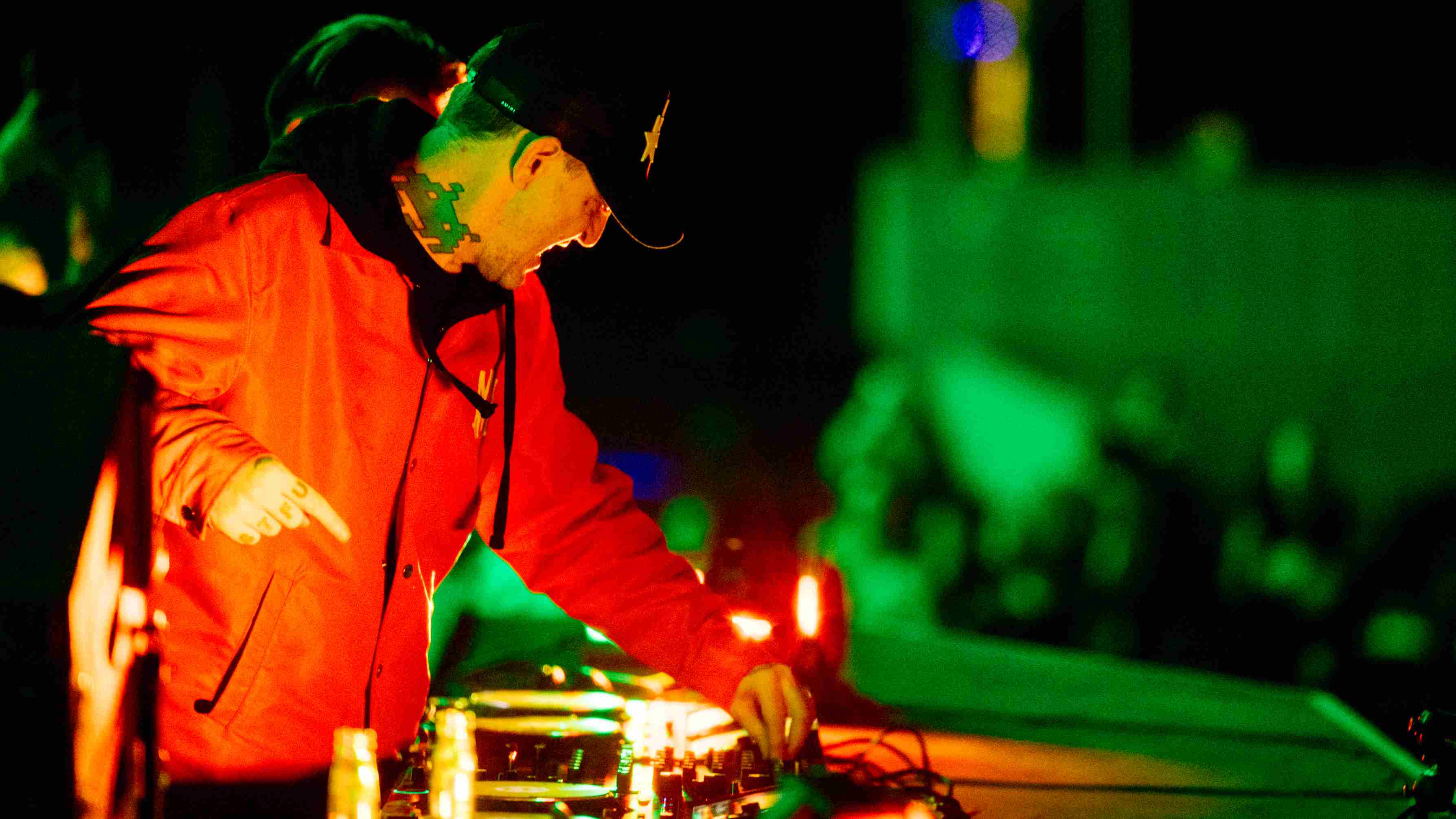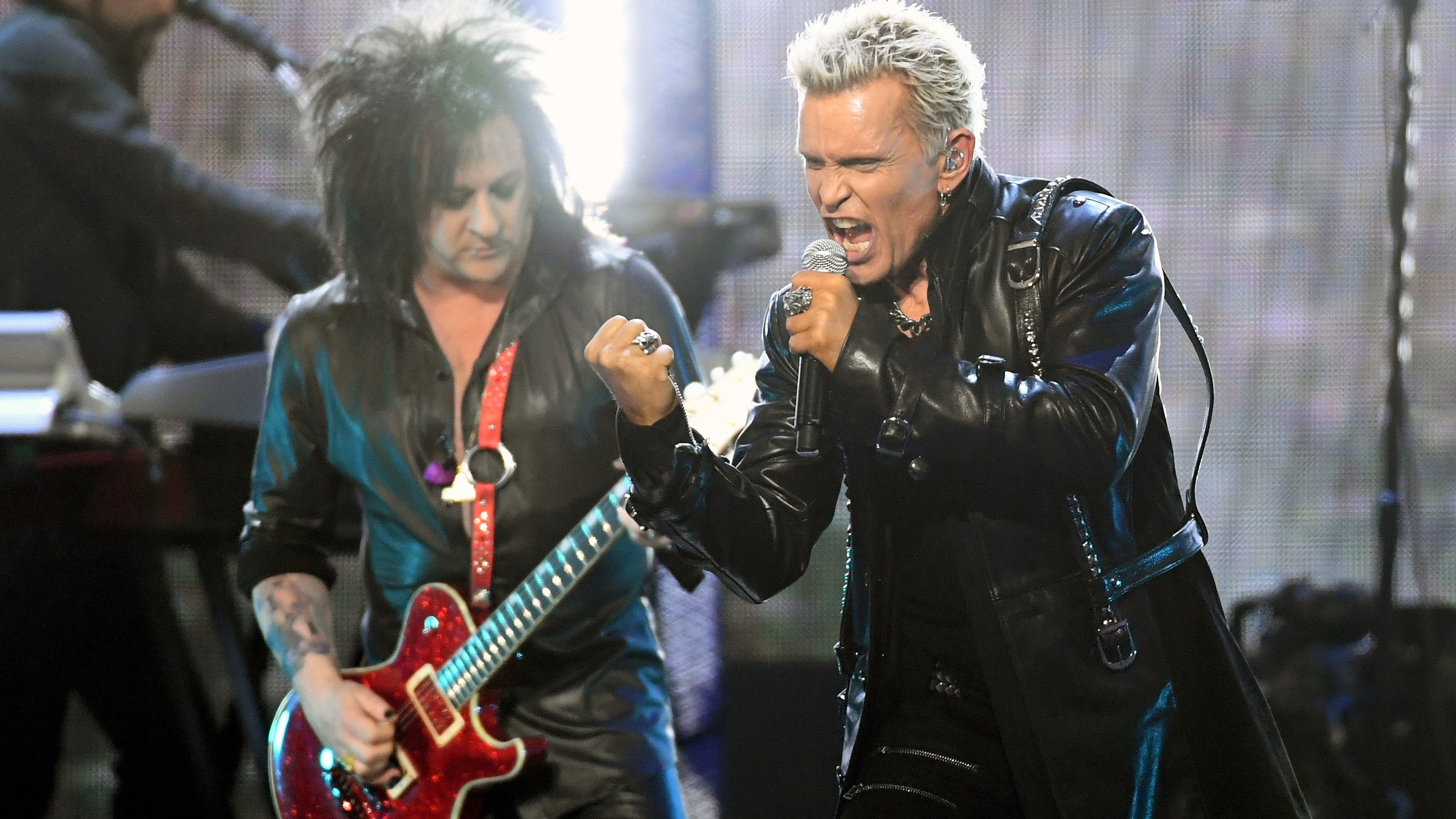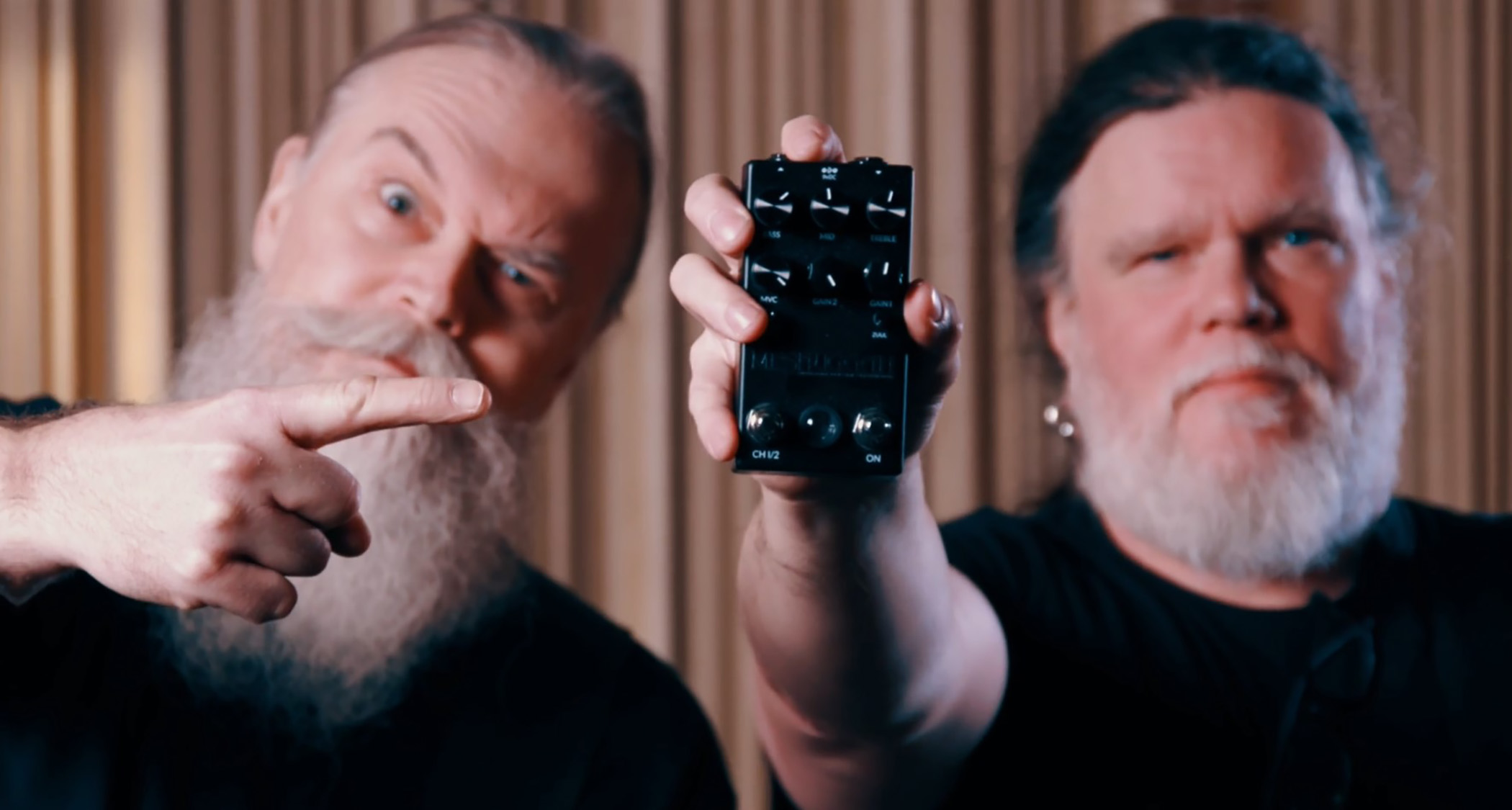Producer Mitch Easter shares the inside story of R.E.M.’s early recording sessions: “It was glorious. They rehearsed a lot just because they liked to play together“
With R.E.M.’s debut 1981 single, Radio Free Europe, poised for reissue, Easter offers a definitive account of the moment that kickstarted both his and the band’s storied careers…
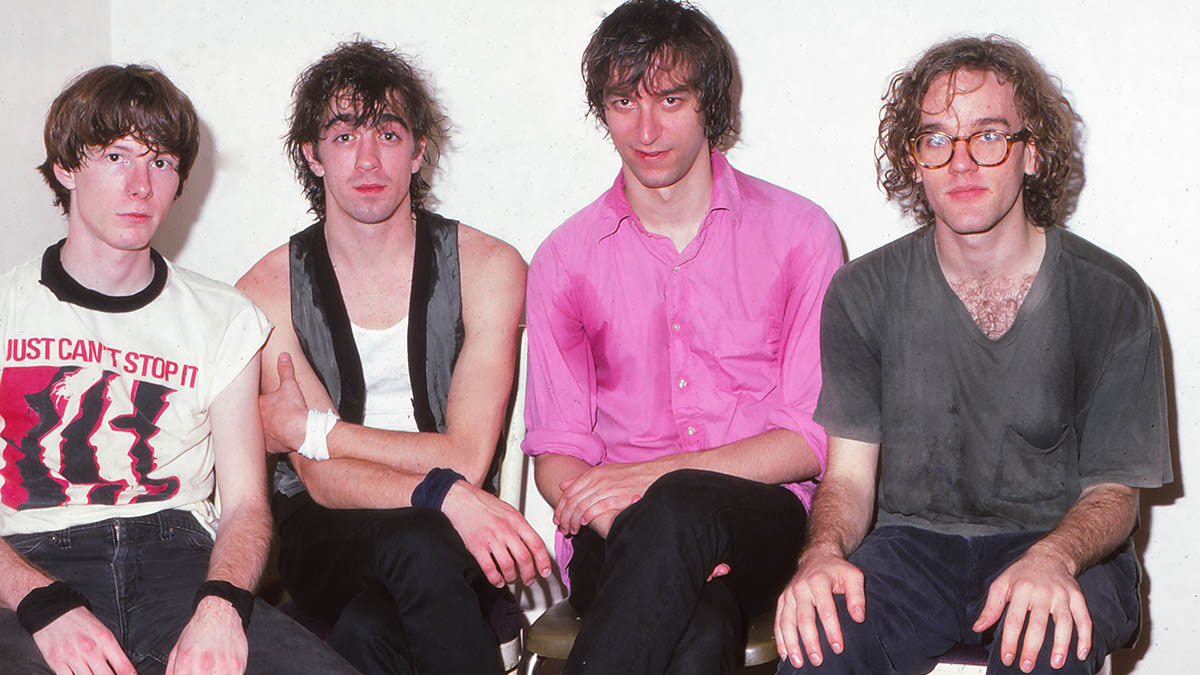
In a classic tale of rags to riches, R.E.M.’s monumental recording career sprang from the humble beginnings of a garage studio. Forming in the college town of Athens, Georgia in the late 70s, against a backdrop of punk and new wave, the indie pioneers gained a devoted local following.
As excitement grew around R.E.M.’s live shows further afield, in Spring 1981 they were introduced to producer/musician Mitch Easter who wasted no time in booking them in to his appropriately named Drive-In Studio premises in North Carolina for a two-day recording session. The result would be R.E.M.’s first official release on Hib-Tone Records: the groundbreaking Radio Free Europe single.
Radio Free Europe marked a turning point in R.E.M.’s career; could the same be said for your own?
“This R.E.M. record got some attention, and things took off for them and for me after that. Within a year, I was doing sessions from all over the country. It was the timing of things. The punk/new wave scene finally came to the provinces. Everybody was putting out these 7-inches. It was great. It also coincided with the college radio thing really taking off here. Everybody had an outlet and there was a real thirst for this stuff.”
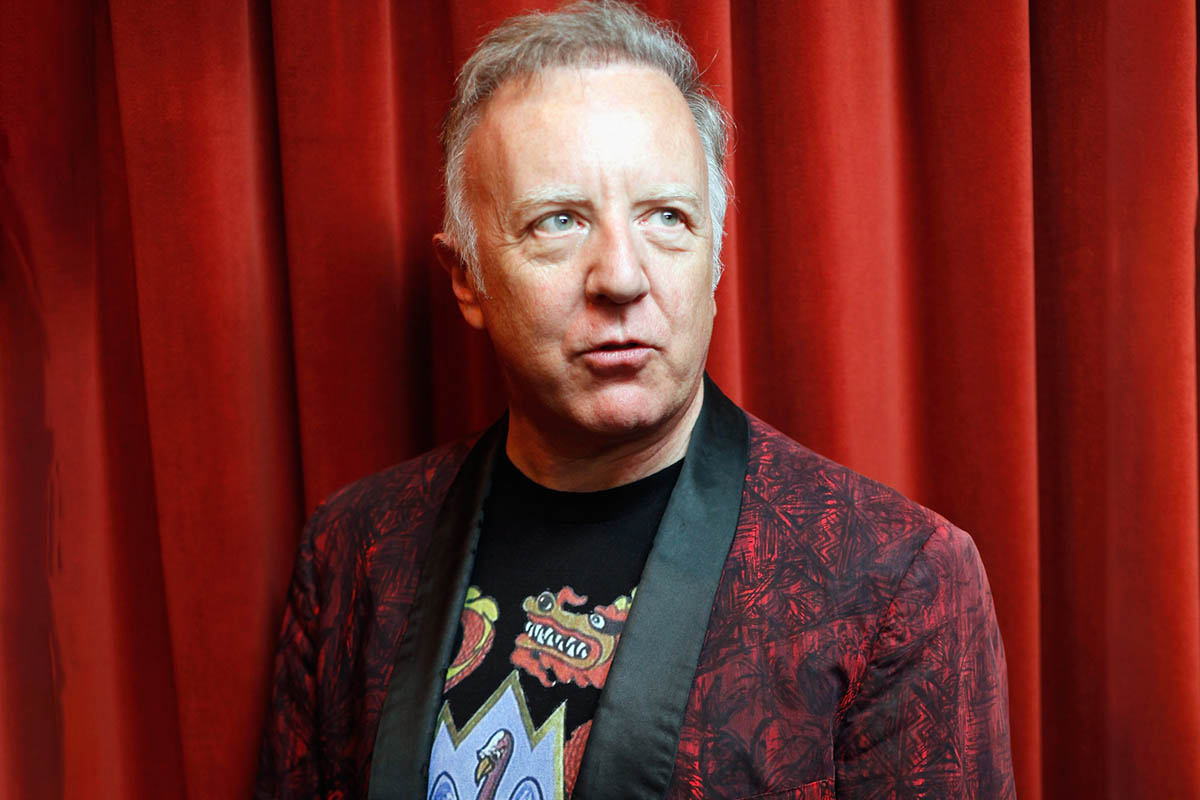
How did you get involved with R.E.M. originally?
“Everything that happened at the studio was by word of mouth, including that R.E.M. session which came by way of Peter Holsapple, who’s an old friend of mine. R.E.M. stayed in his apartment one time when they played in New York. They were talking about wanting to record something and Peter told them about my place.”
Was Drive-In a simple spit and sawdust studio when R.E.M. recorded there?
Get the MusicRadar Newsletter
Want all the hottest music and gear news, reviews, deals, features and more, direct to your inbox? Sign up here.
“Oh totally. It was classic in the sense it was in my parents’ garage. It was really basic. I was all excited about it, but I really didn’t have much equipment. I had this idea of starting some kind of humble little studio that would be pretty good but affordable.”
What were your first impressions of the band?
“They were not what I expected at all. They had a lot more references to older music than I expected. They came in the night before the session, and they stayed over at my house and we played records. I remember thinking, ‘This is great,’ because I’ve never met these guys before but instantly it was comfortable, and we were having a good time.”
Does the recording capture the live sound of R.E.M. at that point in time?
“They knew what they did on stage was great, but they also knew they could try some other ideas out in the studio that might be interesting sonically. I wasn’t thinking, ‘I’m producing this session’. I was just thinking, ‘I’m helping you make an interesting recording.’“
How big was Drive-In Studio?
“It was tiny. The entire space was probably about 225 square feet. It was a two-car garage that had been divided up before my parents got the place. The previous owners split it up and turned it into a one-car garage, and then the other half they made into a children’s bedroom and this sort of utility room. The car area was where the band stood together, the children’s bedroom was the control room, and I think the bass and guitar amps were isolated in the little utility area next to the control room.”
What recording gear were you using at that point?
“I had a Quantum recording console that had 20 channels. It was pretty basic, but it was kind of pro. And I had a 3M M56 tape machine (2-inch/16-track) which was something I absolutely had to have, along with the matching 3M 2-track. Those parts of the studio were pretty pro. But I didn’t have much else.”
What studio effects did you use?
“I still have the same compressors – an Allison Gain Brain and a couple of early Pultecs. I also had a Lexicon Prime Time M93 [Digital Delay] which was my prized piece of equipment. That’s what was used to make the noise at the beginning of Radio Free Europe. I think we captured those triangle hits in the middle section in the M93 and then manipulated the sound. That was my one and only fun box. It was really expensive to buy back then. I had hardly any outboard at all.”
There is a wonderful lack of worry when you don’t know what you should be worrying about. I didn’t know what I knew or didn’t know; I just went for it
Do you think those limitations enabled you to be more decisive?
“Yeah, that’s probably true. Plus, when you’re recording on to tape: there it is. You can’t change it very much.”
Is it fair to say your approach to recording was more instinctive at that point?
“I think so. And, of course, there is a wonderful lack of worry when you don’t know what you should be worrying about. I didn’t know what I knew or didn’t know; I just went for it. So, ignorance was bliss. For a while, anyway.”
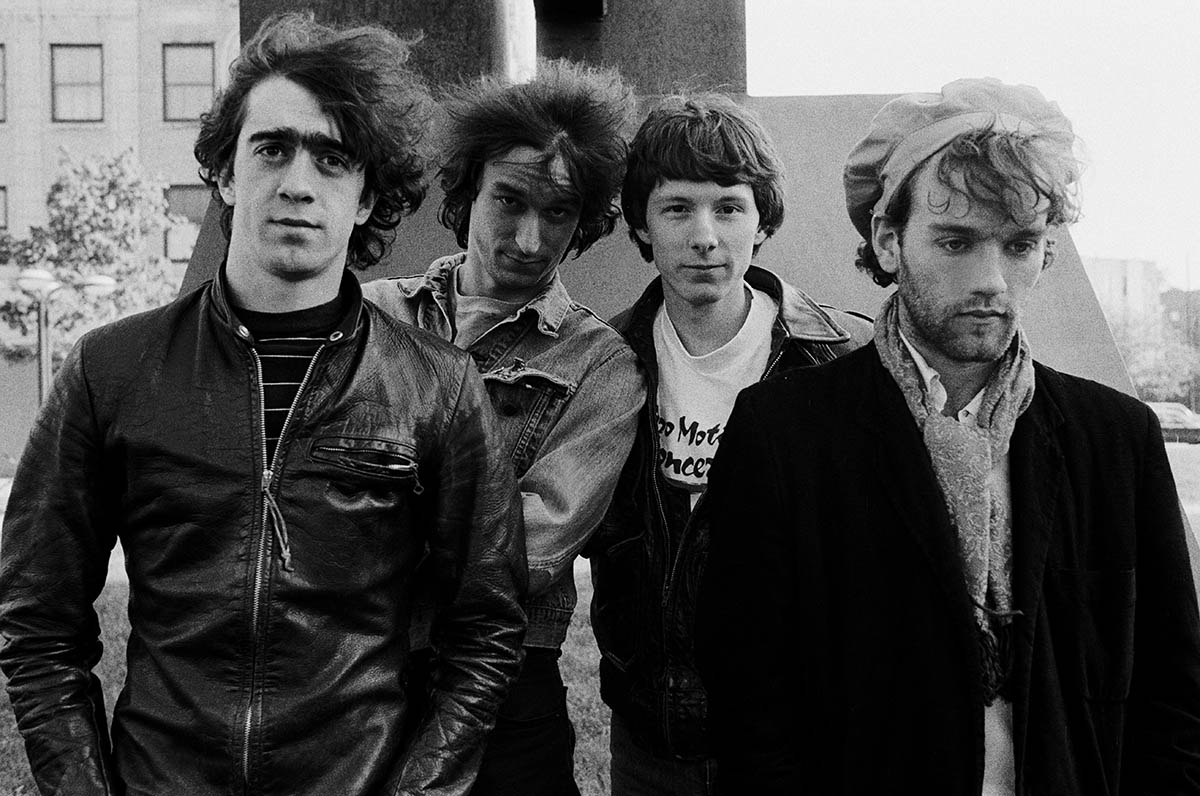
Did you develop any interesting recording techniques along the way?
“I think we were resourceful. It was like, ‘I don’t have a reverb chamber, but it sounds sort of reverb-y on this porch’. So, I would put a speaker out there, mic the speaker and pick up some natural reverb that way. I did have a little rackmount spring reverb that was okay.
“We may have used that on the voices a little bit, but it was mainly a musique concrète thing – like putting the microphone somewhere and picking up something bouncing off a wall or whatever. The punk ethos was really useful because, we were able to think, ‘This is legit.’ You know, ‘We don’t need a million dollars. We don’t need that fancy shit.’”
The thing about Peter Buck’s sound that’s really important is he used larger gauge flatwound strings...Those Rickenbacker pickups sound better the more metal you put over them
Tell us about the guitar sounds…
“Peter [Buck] played all the guitars. I think he had a [Fender] Twin Reverb then. He used those for a long time. In the session, he played an electric 12-string, but not a Rickenbacker. It was a Fender Electric XII. I didn’t have a lot of recording equipment, but I did have a good guitar and amp selection.
“I told him, ‘You might want to try this.’ When we did Murmur [in 1983], I remember Peter’s Twin Reverb was dead, so that record was done with my 60s Ampeg Gemini II. It’s on every song on Murmur except Pilgrimage. I think the guitars on Murmur are the classic early Peter Buck sound.
“The thing about Peter Buck’s sound that’s really important is he used larger gauge flatwound strings. That’s what made it all work. Those Rickenbacker pickups sound better the more metal you put over them. And you develop a very deliberate way of playing. That’s what you can hear in his playing. You can hear everything he did. He really mastered it.”
What did Mike Mills use to record bass with in the session?
“Mike came in with Dan Armstrong bass, and those things are super cool, but it had dead strings, so I suggested he play my girlfriend’s Rickenbacker 4001 bass which had more life to it. I think he recorded it though my Marshall model 1959 Super Lead with a 4x12. We needed that driving sound.”
What do you remember about recording Michael Stipe’s vocals?
“He was great. He sang easily and didn’t worry about it. He didn’t like to do things over and over. Part of the fun of those records was that we didn’t have to suffer to get it down. It just came together easily.”
They were excited about their band. It was glorious. I think they rehearsed a lot just because they liked to play together
Did you track the whole band live with drums?
“Yeah, I always wanted to do that, and I still always try to do that. They were really committed to that ethos too. They felt like there was a moral quality to getting your shit together fast. I mean they weren’t slapdash about it; they were picky, but they weren’t neurotic at all. They were excited about their band. It was glorious. I think they rehearsed a lot just because they liked to play together. Everyone in the band was kind of a one-take-wonder.”
Tell us about what was happening with R.E.M. in local music scene around the time…
“Shortly after the session, they opened for XTC at the 40 Watt Club in Athens [on 24th April 1981] and that was the first time I ever saw R.E.M. The single hadn’t even come yet but the audience knew the words. I felt really fortunate to be a part of this thing that was happening around then. I’d been playing music since I was 12 and I’d never seen a local band have local love like that ever. It was a really good feeling.”
I’d been playing music since I was 12 and I’d never seen a local band have local love like that ever. It was a really good feeling
Do you think R.E.M. broke down a lot of doors for indie music?
“Yes, absolutely. They inspired people, you know: ‘Well if they can do it, we can do it!’ R.E.M. became a big band, but they’re very down-home in a way. They were always willing to play clubs, so they became kind of a role model in that sense.”
Is Radio Free Europe something you feel personally proud of?
“Absolutely. It was one of my first sessions, but the only thing I can give myself credit for is doing my best.”
Does it feel like 40 years ago?
“Yes and no. I mean, I remember it very well, so in that way it seems very immediate. But then when I think about the actual number, I’m like, ‘What the?!’ And the thought following that is, ‘People are still thinking about this?’ Which is beautiful and fantastic. The people who love R.E.M. will always love them.”
- Pre-order Radio Free Europe at REMHQ.
Rod Brakes is a music journalist with an expertise in guitars. Having spent many years at the coalface as a guitar dealer and tech, Rod's more recent work as a writer covering artists, industry pros and gear includes contributions for leading publications and websites such as Guitarist, Total Guitar, Guitar World, Guitar Player and MusicRadar in addition to specialist music books, blogs and social media. He is also a lifelong musician.
“It pretty much half killed us. Whether the band would continue was in the balance”: The Radiohead album that almost broke up the band, turned the music industry on its head - and became their best record
“For guitarists who crave an unrelenting, aggressive tone that stands out in any mix”: The Fortin Meshuggah head is the amp every metal player wants – now you can get its crushing tones in a pedal
